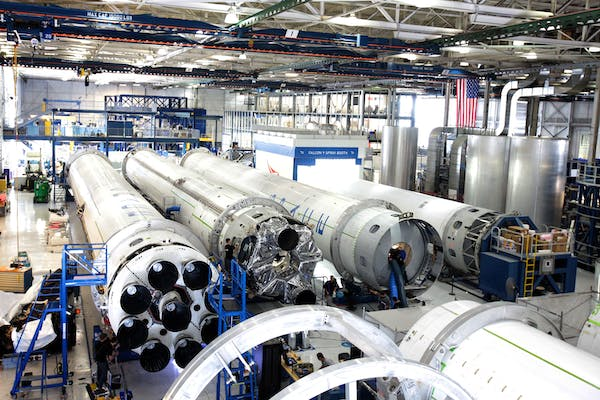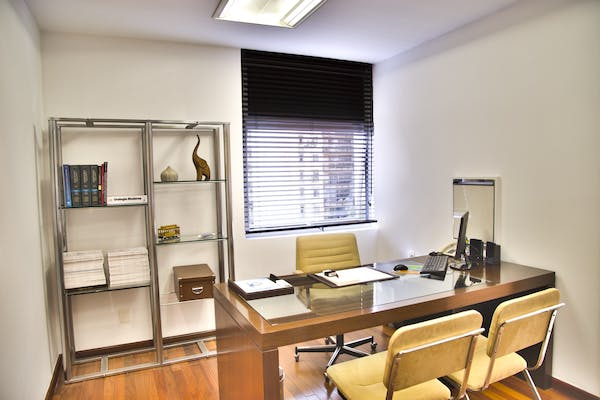Manufacturing processes have evolved over the past few decades. Thirty years ago very few people per capita owned cellular phones, much less the smart versions that everyone carries now. Likewise, the sophisticated development of environmental controls have improved quality control procedures in pharmaceutical and scientific research labs.
The birth of the digital age has generated new opportunities, but also new challenges. The need for a controlled environment that ensures contaminant-free processes has grown. Today, clean rooms are an integral part of production. Even if you don’t have one at your facility, odds are that some of your components were created in a clean room. These specialized areas provide sanitary conditions for manufacturing a variety of products and substances.
Clean Rooms 101
Typically used in process or discrete manufacturing, clean rooms establish an environment that is free from airborne pollutants like dust, microbes, chemical vapors and aerosol elements. Depending on the number of particles present in a cubic meter or foot of the air, the level of controlled detoxification designates the room’s standard.
In the average city’s breathable atmosphere, there are approximately 35 million of airborne particles larger than .5 mm in each cubic meter. Clean rooms receive classification according to the number of particles permitted, such as of 100, or 1000, per volume of air. The sanitary environment is necessary for the production of biotech and medical equipment, optics and pharmaceuticals, and for manufacturing semi-conductors.
Precision Environmental Controls
Because contaminant-free conditions must be maintained at all times in certain production processes, clean rooms require continuous climate control, specific air filtration measures, and even special clothing for workers. Employees are trained in techniques that keep particle contamination to a minimum, and HVAC units run constantly. Depending on the level of purity required, full coverage suits and masks are often used to prevent human contamination.
Air units are fitted with high-efficiency particulate air (HEPA) and ultra-low particulate air (ULPA) filters. HEPA filters trap particles that are at least .3 microns in size, and ULPA are designed to sift out elements even smaller. Laminar (unidirectional) air flow principles are applied for circulation. Air is circulated to maximize downstream returns.
The Role of Industrial Humidifiers
Because they have precise temperature, atmospheric purity, and air flow requirements, clean rooms use high levels of energy. A single static discharge or airborne contaminant can ruin expensive product batches, eliminating profits. An industrial humidification system helps maintain the perfect conditions required for production.
Correct humidity levels ensure that coatings on pharmaceutical products dry correctly. The amount of moisture in the air influences packaging and eliminates static discharges that have the power to damage electronics like semi-conductors and other components used in discrete manufacturing processes.
Older model systems require high amounts of electricity and use moving parts to heat water for operation. This type of humidification is prone to maintenance issues and other problems. Moreover, the vapor used to achieve certain relative humidity settings can actually collect on surfaces, damaging equipment and inventories.
New technology eliminates the difficulties experienced with older style systems. A 4.2 micron droplet achieves 100 percent evaporation, ensuring that no surfaces accumulate moisture. De-correlation technology enhances the clean room environment by attracting and removing dust and airborne contaminates in the air. Additional benefits include:
- Increased energy efficiency—new systems draw less power, reducing energy costs.
- Improved 24/7 climate controls—the correct level of humidity reduces the strain on your HVAC assets and ensures that equipment operates at the optimal level.
- Heightened atmospheric purity—de-correlation removes particles in the air before they reach air filters, cleaning the environment better.
- Eliminate static discharge—moisture naturally dampens electrical charges that are generated by moving parts.
- Improved efficiency and productivity—humidification systems not only reduce the production issues in clean rooms, they improve the working conditions for employees. Employee health is enhanced by a reduction in sinus and dry skin issues.
Industrial humidifiers that utilize advanced technology are providing measurable improvements in clean room production. Ensuring that precision climate controls are met and that products and equipment won’t be ruined through contamination helps increase profit margins and enhance productivity for clean room manufacturers.





